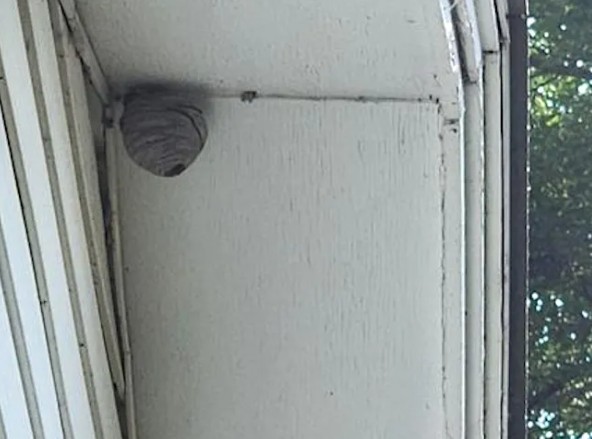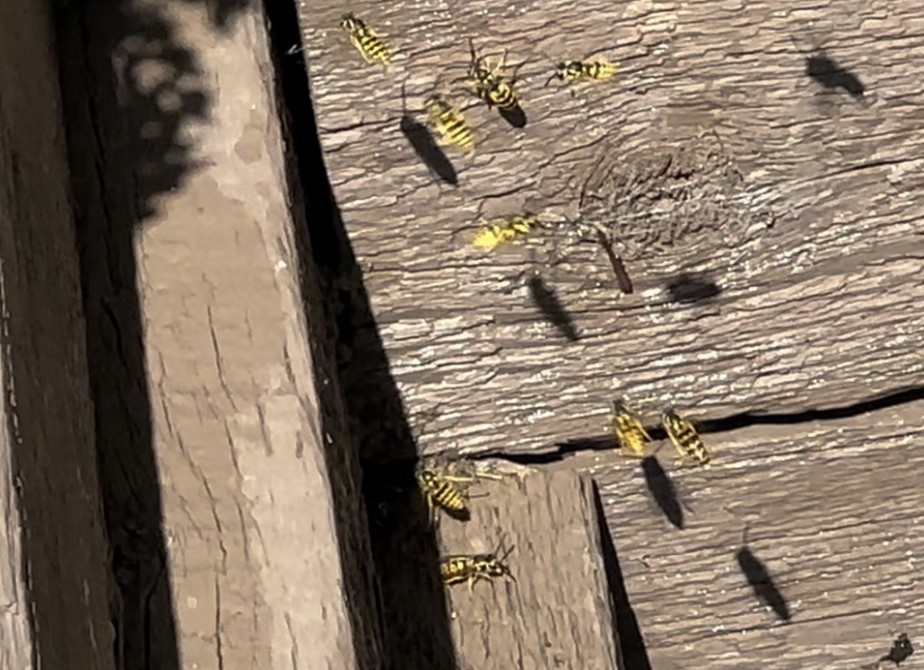Residents across Manitoba are noticing more wasps and nests as summer progresses.
Dr. John Gavloski, an extension entomologist with Manitoba Agriculture, explains why wasp activity increases late in the season and shares advice on safe ways to handle them.
Why do wasps increase in late summer?
Gavloski notes, “Once we get into August, into the later part of summer, we’ll see more of them. We always have populations of yellow jackets around, and there’s different types of yellow jackets too. That is, the ones with the open nests. There’s ones with underground nests. They’re always around and it’s just common that come late summer, you see them more.”
He adds that the rise in wasp numbers relates to changes in their food sources and colony roles.

How to keep wasps away safely
When asked about deterring wasps from patios or homes, Gavloski remarks, “There is no easy way not to have things that will attract them, but that’s not always practical because you want to have your picnics on the deck.”
He continues, “Up until late summer, the adults are getting fed by the larvae in the hive quite a bit and they will feed on nectar and things too. The adults like sugary things, carbohydrates, the young back at the hive need protein, so the adults are out collecting flies and caterpillars and things like that and bringing them back to the hives where they feed them to the young.”
Gavloski explains the late-summer shift: “By late summer, the queens stop producing young and more queens are produced. The adults no longer have the same responsibilities back at the hive. They still want liquidy food. Dynamics in the hives have changed and so the yellow jackets are out foraging for liquidy things, high in sugar, so that’s why they’re coming to people’s patios and barbecues and things like that.”
He adds a safety tip: “If one does come near you, don’t panic. Don’t start swatting, that will just get them a bit more aggressive and your odds of being stung will go up.”
Dealing with nests safely
On removing wasp nests, Gavloski advises to consider calling a professional as wasps can swarm and there is a risk of getting multiple stings if you're unprotected and try to do it yourself.
He stresses protective measures such as being fully covered when removing a wasp's nest and to do it on a cool evening as wasps are less active.
Are some wasps more aggressive?
Gavloski notes, “A lot of the species that we call yellow jackets, they’re social insects that want to protect their nest, so if you’re close to the nest, they’re going to be defensive.”
As wasps become more active late in the summer, understanding their behaviour and how to handle encounters safely can help Manitobans enjoy their outdoor activities without unnecessary risk.
